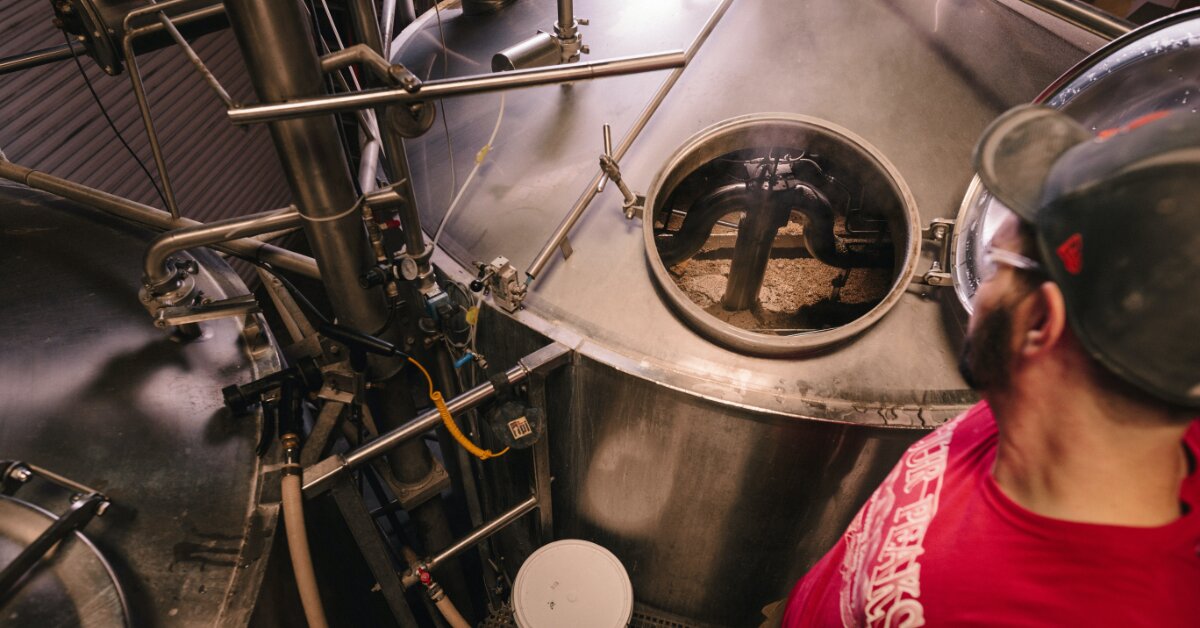Steps involved in Beer making process
There are several steps to manage in order in the beer making process. The beer production process involves malting, milling, mashing, extract separation, addition of hops and boiling, and hops removal. Then involves precipitation, cooling and aeration, fermentation, separation of yeast and the aging process. And then maturing process and lastly packaging.
The main goal is to remove total starch from the grains. Converting the starch into sugars later extracting the sugars with water. And the fermentation process starts with mixing the yeast to it. This overall process is just to produce alcoholic, lightly carbonated beverages.
Malting
The first process is known as malting. The process of Malt in which the grains are soaked in water and are made to germinate, later it is removed from water and dried in the hot air. Malting starts by inundating grain, reaped at under 12% dampness, in water at 12 to 15 °C (55 to 60 °F) for 40 to 50 hours.
Steeping
Enacted by water and oxygen, the root incipient organism of the barleycorn secretes a plant chemical called gibberellic corrosive, which starts the amalgamation of α-amylase. The α-and β-amylases then convert the starch atoms of the corn into sugars that the incipient organism can use as food.
Germination
During Germination process, a high progression of dry air at 50 °C (120 °F) for ale malt and 65 °C (150 °F) for beer malt is kept up with through a bed of green malt. This brings down the dampness content from 45 to 25 percent.
Kilning
Kilning is the process in which heating of germinated barley grains then drying it and then developing malty. It flavors like a biscuit.
Modernization
The modern malting process includes control over temperature, humidity, and use of heat.
Mashing
After kilning, the malt is blended in with water at 62 to 72 °C (144 to 162 °F), and the enzymatic transformation of starch into fermentable sugar is finished.
Milling
For productive extraction with water, malt should be mille. And the process of doing this is milling.
Mixing the mash
The processed malt, called grist, is blend in with water, giving circumstances in which starch, different particles, and chemicals are disintegrates and quick catalyst activity happens.
Remove the wort
The caught husk consequently shapes a channel bed that eliminates solids from the wort as it is depletes, leaving a buildup of spent grains. Wort partition takes more time to 16 hours. For exhaustive extraction, the solids are shower, or sparged, with water at 70 °C (160 °F).
Boiling and Fermenting
After Separation or removal of wort, the wort is move to a vessel called the pot or copper for bubbling.
Heating and Cooling
The wort is then sterilise and evaporated and left to precipitate insoluble proteins. Later, clarified wort is kept cool.
Fermentation
The straightforward sugars in wort gets change over to liquor and carbon dioxide, and green (fresh) brew get create. Fermentation gets complete by yeast, which is to add, or pitch, to the wort.
Yeast
Yeast is utilise for the fermentation process. They are fungi.

